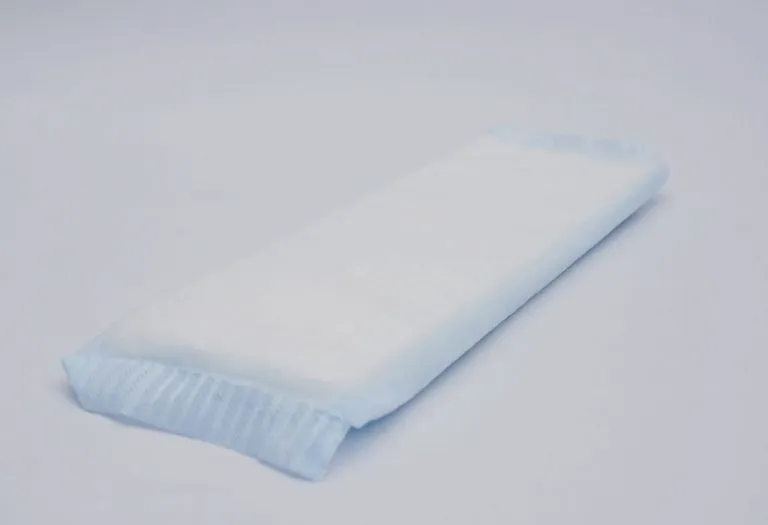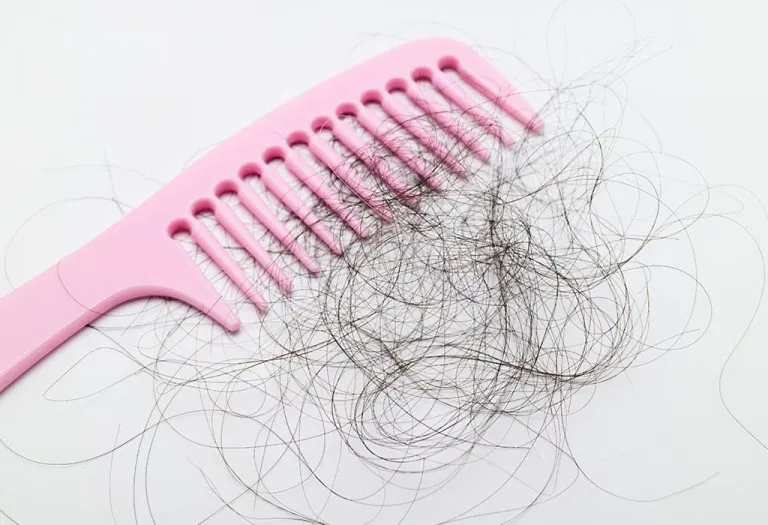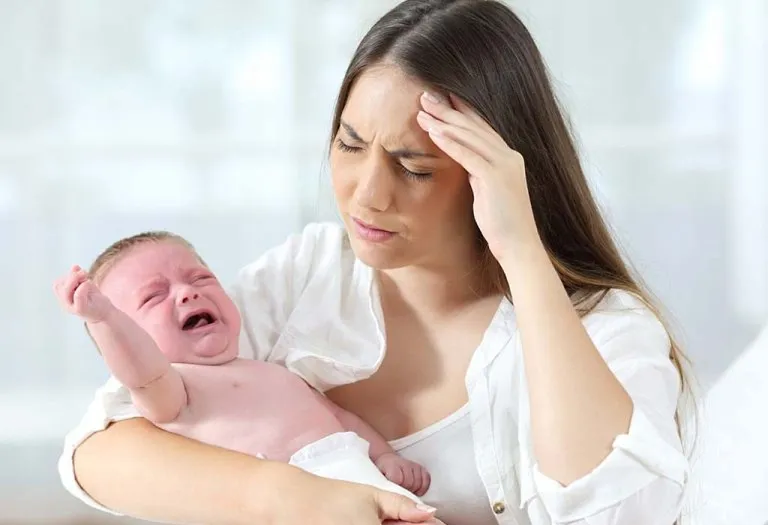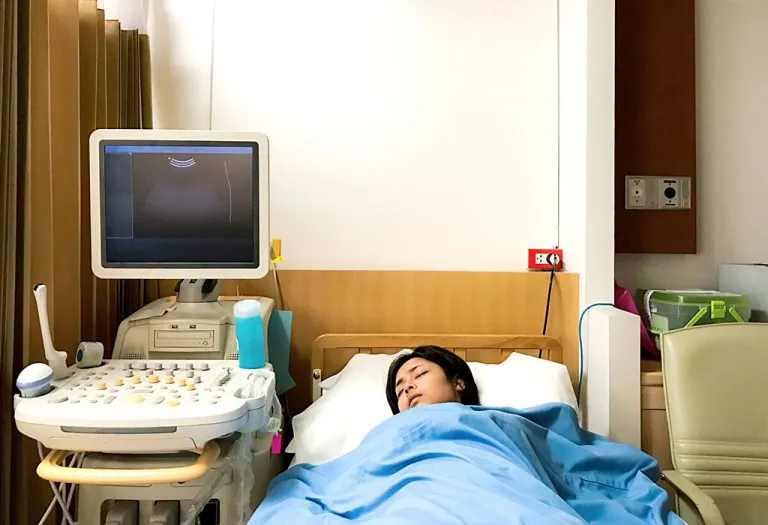Using Maternity Pads After Delivery – When and Why to Use It?

- When and Why to Use Maternity Pads After Delivery
- Things to Keep In Mind While Choosing Maternity Pads?
- Which Is Better – Maternity Pad or Sanitary Pad?
- Will it Make a Difference if You Replace Maternity Pads With Sanitary Pads?
- How Many Postpartum Pads You Will Need After Delivery
- Where Can You Buy Post-Delivery Pads?
- FAQs
The best part of being pregnant is that you get to enjoy ‘no-periods time’. But, as soon as you deliver your baby, the scenario will change. You will bleed heavily to the extent that you will need special pads to deal with the discharge.
This is where maternity pads come into the picture. Sometimes, this bleeding can last longer than you think and may get the better of you. Keeping maternity pads after birth is extremely important. Let’s explore more on its usage and other aspects that would help you know more about the less talked about issue.
When and Why to Use Maternity Pads After Delivery
The bleeding starts as soon as you deliver the baby. This is why you need a maternity pad just after delivery. Whether it is a normal delivery or a Caesarean; you would need a maternity pad anyways. The bleeding that occurs, post-delivery is referred to as lochia, which would be bright red and accompanied by clots (1).
The bleeding may continue over weeks but will decrease gradually. Where you would notice a bright red blood composition in initial weeks, the colour would change over to pinkish, and then brownish as the flow decreases with time (2).
Things to Keep In Mind While Choosing Maternity Pads?
Childbirth is not the end; then comes the postpartum period. This period starts with postpartum bleeding, which is heavy and extremely uncomfortable. To be able to sustain the postpartum period, you need maternity pads that offer enough coverage to help you recover from birth easily and tend to your baby. Here are some aspects to consider when buying delivery pads after pregnancy:
1. Soft
Your postpartum pad needs to be super soft and gentler on the skin. The soreness and sensitivity after the childbirth s enough to call for a soft pad. Plus, if you have had stitches, investing in a delicately soft pad will ensure you don’t chafe your raw skin.
2. Breathable
A maternity pad that is not breathable will keep the moisture around the genital area intact, which could lead to inflammation and bacterial infections. Thus, a maternity pad should be breathable to allow air into your vaginal area and keep it dry. This will ensue faster healing and prevention from any infection.
3. Absorbent
Vaginal bleeding after delivery tends to be heavy, particularly in the first few days. Thus, postpartum pads need to be able to handle heavy bleeding so there is less leakage, less visits to the bathroom, and more comfort.
4. Supportive
Pads that are not prepared to handle movements and leaks are of no use. Postpartum pads should be comfortable ot wear, offer support during movement, especially when sleeping, and should prevent leaks while lying down or standing up.
5. Flexible
Flexible pregnancy pads after birth need to prevent leaking while lying down, sitting, or standing and must conform to the body to adjust to the body’s curves and shapes.
Which Is Better – Maternity Pad or Sanitary Pad?
Sanitary pads are convenient to use during normal periods. But, owing to the heavy flow after you deliver your baby, you would need maternity pads for comfort and convenience. Maternity pads are longer in length, have a soft texture, and are better absorbents. You can’t compromise your hygiene at this stage, and that is why maternity pads are always better than sanitary pads.
Also, maternity pads are wider and thicker in dimension, making them fit for heavy bleeding. If you use sanitary pads after delivery, things may get a bit messy. There are chances of staining, and that is one thing you would want to avoid.
Will it Make a Difference if You Replace Maternity Pads With Sanitary Pads?
One should be clear about the fact that maternity pads are at least twice as absorbent as normal sanitary pads. Another fact; sanitary pads are not that soft and may pinch your tender vagina, while maternity pads are softer and would not lead to itching, rashes, or infections. Therefore, replacing maternity pads with sanitary pads would definitely make a difference.
If you prefer sanitary pads over maternity pads, you compromise with comfort and hygiene. Not only will you feel conscious continuously about the staining part, but you will also feel discomfort when it comes to the vaginal stitches. Prefer maternity pads that are specially created for women who have just entered motherhood as these pads are safe, soft, provide more coverage, and tend to last longer.
How Many Postpartum Pads You Will Need After Delivery
The number of pads you will need varies from person to person. It is all about how your body responds to the postpartum state and your hormonal changes. Generally, you should buy 2-3 packets of maternity pads, containing at least 8-10 pads per packet. This should be done prior to the delivery, just to be on the safer side.
Initially, you would have to change pads every two hours or so, owing to the heavy bleeding you may experience. Over time, both bleeding and pad usage ought to decrease. You’ll realise that the more you rest and the more time passes, the lesser the bleeding.
Prefer not to use tampons in this crucial period as using them is liable to cause infections. However, you can continue using tampons once you start to experience normal periods after a few months of delivery.
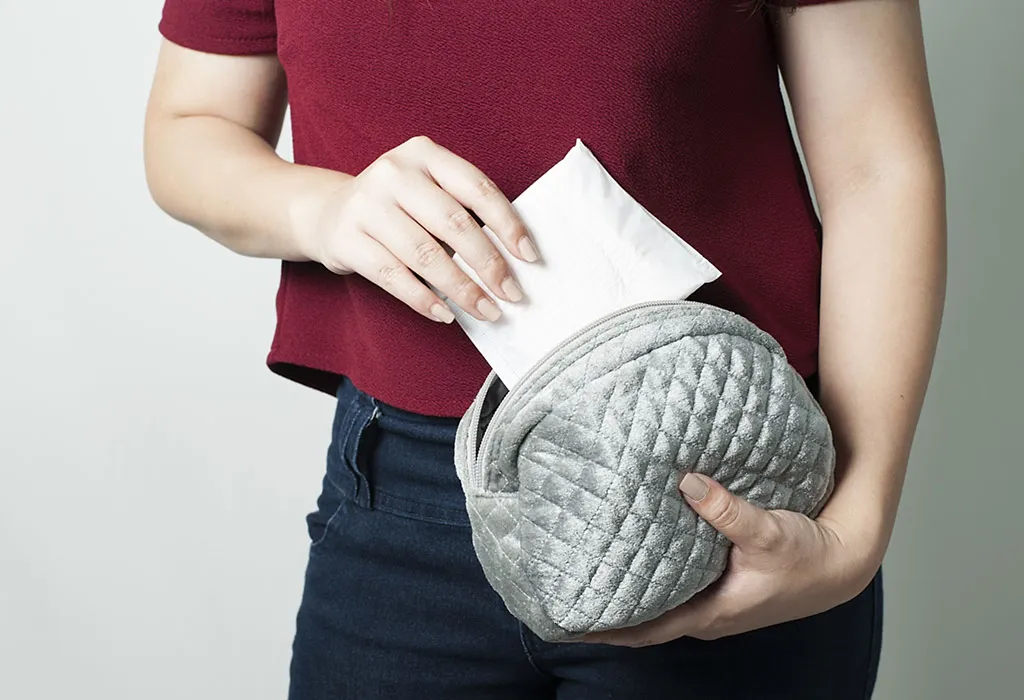
Where Can You Buy Post-Delivery Pads?
You can buy maternity pads both online and offline. If you are unable to find maternity pads in a nearby medical store, you can look for them online. Placing an order is easy, and you are also likely to get discounts and exciting offers.
FAQs
1. When should you see a doctor for postpartum bleeding?
Heavy bleeding after childbirth is expected. However, if the bleeding accompanies any of the following symptoms, you must consult a doctor without any delay:
- High temperature above 100.4 ℉
- Heavier bleeding than before
- Large or frequent clots
- Severe abdominal pains
- Vomiting
- Vaginal discharge with a funny or unusual smell
- Sore and painful to touch breasts
2. What should you know about postpartum bleeding?
Bleeding after birth is common and expected, whether it is a vaginal delivery or a C-section. This bleeding is called lochia and contains blood from the uterus lining, mucous, and tissue (3). Postpartum bleeding is heavier than the regular periods and lasts longer. It is red in colour and, over time, will reduce and become dark brown, pink, or brown in colour. It typically stops around four to six weeks after delivery.
3. What is postpartum hemorrhage?
According to the March of Dimes, postpartum haemorrhage (PPH) is a serious condition when a woman experiences heavy bleeding after giving birth that does not slow or stop (4) (5). PPH also causes blurred vision or chills and makes the person extremely weak or pale (6).
Postpartum menstruation is usually heavier than the normal flow. It is always better to be on the safer side, thus, use maternity pads to deal with the non-pregnant state that may follow post-delivery. Sanitary pads are also preferable but only after the flow minimises to normal levels.
References/Resources:
1. Bleeding after birth: 10 things you need to know; NCT; https://www.nct.org.uk/information/labour-birth/recovery-birth/bleeding-after-birth-10-things-you-need-know
2. Your body after the birth; NHS; https://www.nhs.uk/pregnancy/labour-and-birth/after-the-birth/your-body/
3. Lochia; Cleveland Clinic; https://my.clevelandclinic.org/health/symptoms/22485-lochia
4. Postpartum hemorrhage; March of Dimes; https://www.marchofdimes.org/find-support/topics/postpartum/postpartum-hemorrhage
5. Heavy bleeding after birth (postpartum haemorrhage); RCOG; https://www.rcog.org.uk/for-the-public/browse-our-patient-information/heavy-bleeding-after-birth-postpartum-haemorrhage/
6. Postpartum Hemorrhage; Children’s Hospital of Philadelphia; https://www.chop.edu/conditions-diseases/postpartum-hemorrhage
Also Read:
Important Precautions to Take After Delivery
Breast Pads (Nursing Pads) – Benefits and Tips to Use
Common Postpartum Complications & Their Solutions
Was This Article Helpful?
Parenting is a huge responsibility, for you as a caregiver, but also for us as a parenting content platform. We understand that and take our responsibility of creating credible content seriously. FirstCry Parenting articles are written and published only after extensive research using factually sound references to deliver quality content that is accurate, validated by experts, and completely reliable. To understand how we go about creating content that is credible, read our editorial policy here.







